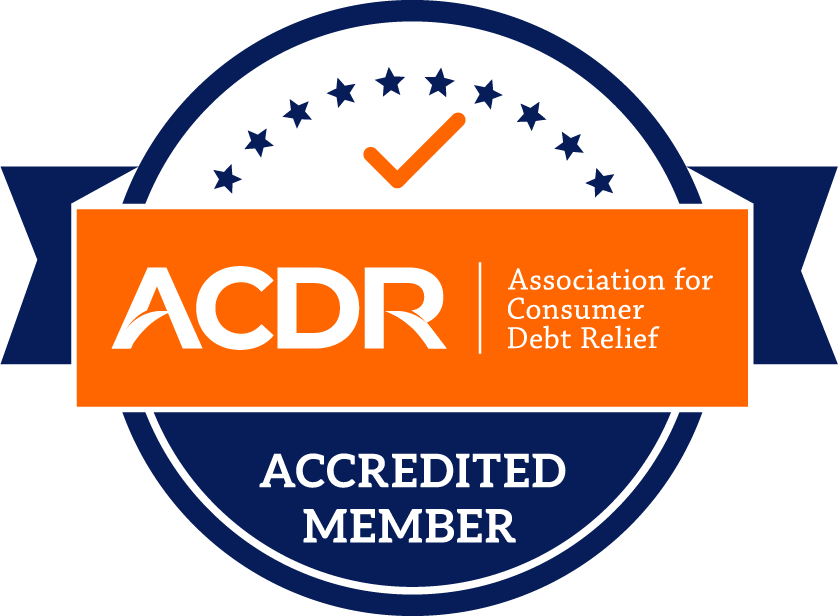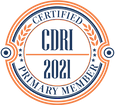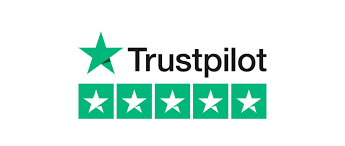You’re less likely to overspend when you remove funds from your checking account. Using multiple savings accounts for various goals can even make sense. You can access funds in several ways when you need to spend your savings. However, how often you can make certain withdrawals from savings is limited by federal law.
Certain types of transactions are unlimited, but every month you can only make up to six withdrawals. When you plan on spending, you can move money to your checking account from your savings account. If both accounts are at the same bank, that’s almost automatic, and to move money from one bank to another typically takes a few days. Before you open an account it’s critical to review fee schedules, but checking accounts tend to be more expensive than savings accounts.







